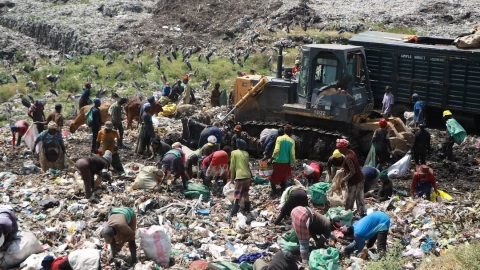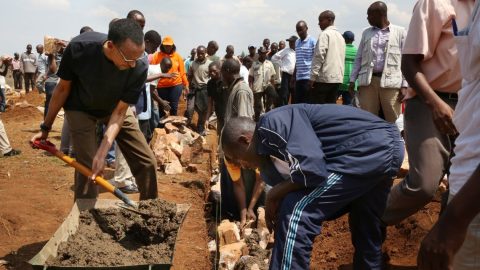Explainer | 26 August 2025
Walk through Nairobi at dawn and the story writes itself across every street corner. Piles of plastic bottles catch the morning light, cardboard boxes stack against matatu stations, and somewhere in the distance, smoke curls from another informal dump. Kenya generates a staggering 22,000 tonnes of waste daily, according to the United Nations Environment Programme and Kenya’s National Environment Management Authority. Yet less than half of the waste produced in Nairobi alone finds its way into any formal recycling process.
This is not simply a story about rubbish. It is about a nation standing at the threshold of an economic transformation that could reshape its growth trajectory for decades to come. Kenya has an opportunity to leapfrog the wasteful industrial models that built the developed world, moving directly to what economists call a circular economy. The question is not whether it can afford to make this shift, but whether it can afford not to.
The numbers tell a different story
Behind the visible chaos of Kenya’s waste crisis lies a remarkable economic puzzle. Nairobi generates between 2,000 to 2,500 tons of waste daily, most of which represents untapped economic value. Consider the mathematics: if Kenya could capture just 70 percent of its recyclable materials, the country would create an estimated KSh518 Billion ( $4 billion) worth of economic activity annually.
The European Union has already run the calculations for Kenya’s potential. In a circular economy scenario, GDP growth rate is expected to be 0.5% higher than in the baseline scenario by 2030. For a country where GDP is projected to grow 5.4% in 2024 and 5.6% in 2025, this represents millions of additional dollars flowing through the economy each year.
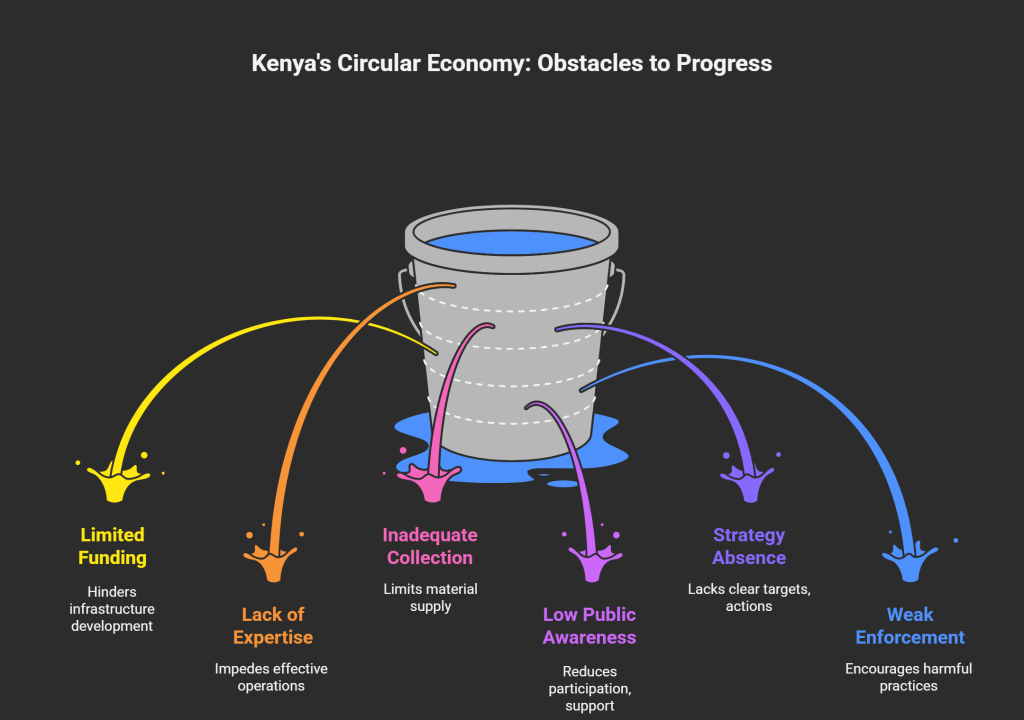
The waste that clogs Mombasa’s drainage systems and fills Nairobi’s informal settlements is not refuse waiting for disposal. It is raw material for industries that do not yet exist, jobs for workers not yet employed, and export revenue not yet earned. Kenya imports approximately $2.3 billion worth of manufactured goods annually that could be produced domestically from recycled materials.
Where Cities Become Laboratories
Nairobi and Mombasa present two distinct laboratory conditions for circular economy innovation. Nairobi’s challenge resembles that of most rapidly growing African cities: the volume of waste exceeds the capacity of formal collection and disposal infrastructure, resulting in waste accumulation on streets, in rivers, and in public spaces. The capital city has become an unwitting testing ground for informal recycling networks that demonstrate both the potential and limitations of grassroots circular systems.
Mombasa faces a different puzzle. As Kenya’s primary port, it receives thousands of shipping containers monthly, many of which become waste after a single use. Yet the port city also possesses the infrastructure to export value-added recycled products to regional markets. The Indian Ocean coastline that makes Mombasa beautiful also makes it vulnerable to plastic pollution, creating both urgency and opportunity for circular solutions.
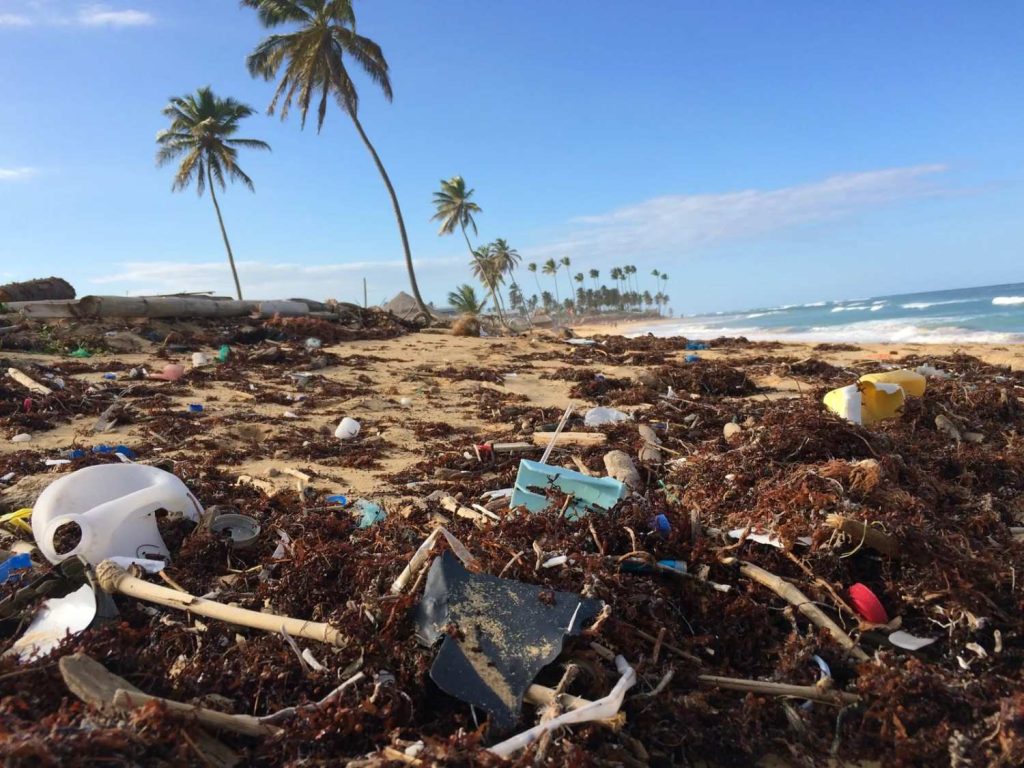
Recent developments suggest these cities are beginning to grasp their potential. Nairobi County has welcomed a project by Japan International Cooperation Agency (JICA), promoting circular model of environmentally sound waste management in urban areas. Meanwhile, Kenya has introduced a new waste segregation policy requiring households to separate their waste into three categories: green for organic waste, blue for dry recyclables, and red for hazardous materials.
The infrastructure equation
Kenya’s circular economy potential rests on solving what engineers call the “last mile problem.” The country has developed sophisticated systems for collecting mobile phone payments and delivering internet connectivity to remote areas. Applying similar innovation to waste collection and processing could unlock enormous value.
The current infrastructure tells a story of missed connections. Informal waste pickers, known locally as “waste entrepreneurs,” collect approximately 20 percent of urban waste but operate without access to formal processing facilities, financing, or markets. They represent the foundation of a circular economy that lacks the superstructure to function efficiently.
Building this superstructure requires coordinated investment in three areas: collection networks that reach every neighborhood, processing facilities that can handle mixed waste streams, and distribution systems that connect recycled materials to manufacturers. The total investment needed approaches $800 million, but the economic returns justify the expenditure within eight years.
Companies are already moving to fill these gaps. Private sector initiatives target to ethically recycle at least 4,000 metric tonnes of plastic waste by end of 2023 and expand existing collection centers in Kisumu, Nakuru, Mombasa and Nairobi with additional centers in Bungoma, Nyeri, Isiolo and Uasin Gishu.
Beyond waste: The climate dividend
Kenya’s circular economy opportunity extends far beyond waste management into climate resilience and energy security. The country imports 85 percent of its petroleum products, spending approximately $3.8 billion annually on energy that could be partially replaced by waste-to-energy systems.
Organic waste, which comprises 60 percent of Kenya’s waste stream, could generate enough biogas to power 400,000 households. Plastic waste could substitute for imported raw materials in construction, textiles, and packaging industries. Electronic waste, growing at 20 percent annually, contains precious metals worth millions of dollars.
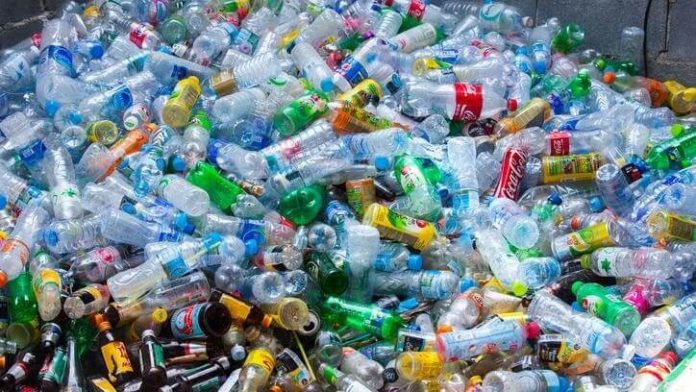
The climate mathematics are equally compelling. Circular economy practices could reduce Kenya’s greenhouse gas emissions by 15 percent while creating resilience against the droughts and floods that regularly disrupt economic activity. For a country where agriculture employs 75 percent of the rural population, climate adaptation is economic survival.
The innovation imperative
Kenya’s path to circular prosperity requires more than policy changes and infrastructure investment. It demands a fundamental shift in how the country thinks about economic development. The Circular Economy Innovation Cluster in Nairobi aims to serve as a hub for collaboration, ideation, and incubation of circular business models that can contribute to reducing and preventing waste and promoting resource efficiency.
The most successful circular economy transitions have combined top-down policy frameworks with bottom-up innovation. Kenya possesses both ingredients: a government committed to environmental sustainability and a vibrant informal sector already practicing circular principles. The challenge is connecting these two levels through institutions, financing, and technical support.
Universities, research institutions, and technology companies must collaborate to develop solutions tailored to local conditions. Global circular economy models from Europe and East Asia provide frameworks, but Kenya needs Kenyan solutions for Kenyan problems.
Seizing the moment
Kenya stands at an inflection point. The country can continue managing waste as a cost center, spending billions on disposal and missing the economic opportunities embedded in its refuse streams. Or it can pioneer an African model of circular development that other countries will study and replicate.
The choice affects more than economic statistics. It determines whether Kenya’s growing cities become showcases of sustainable development or cautionary tales of environmental degradation. It influences whether the country’s youth find employment in growing circular industries or continue seeking opportunities abroad.
The circular economy represents Kenya’s chance to solve multiple challenges simultaneously: waste management, job creation, manufacturing development, climate adaptation, and import substitution. Few policy frameworks offer such comprehensive benefits.
The question is not whether Kenya will eventually adopt circular economy principles. Resource scarcity and environmental pressures make this transition inevitable. The question is whether Kenya will lead this transition, capturing the economic benefits that come with being first, or follow others who moved more quickly to seize the circular advantage.
Kenya’s moment is now. The waste is waiting. The opportunity is immense. The choice is clear.




